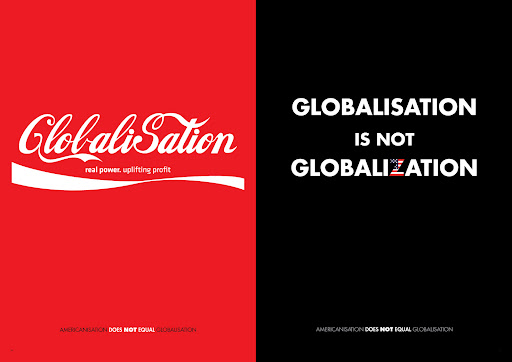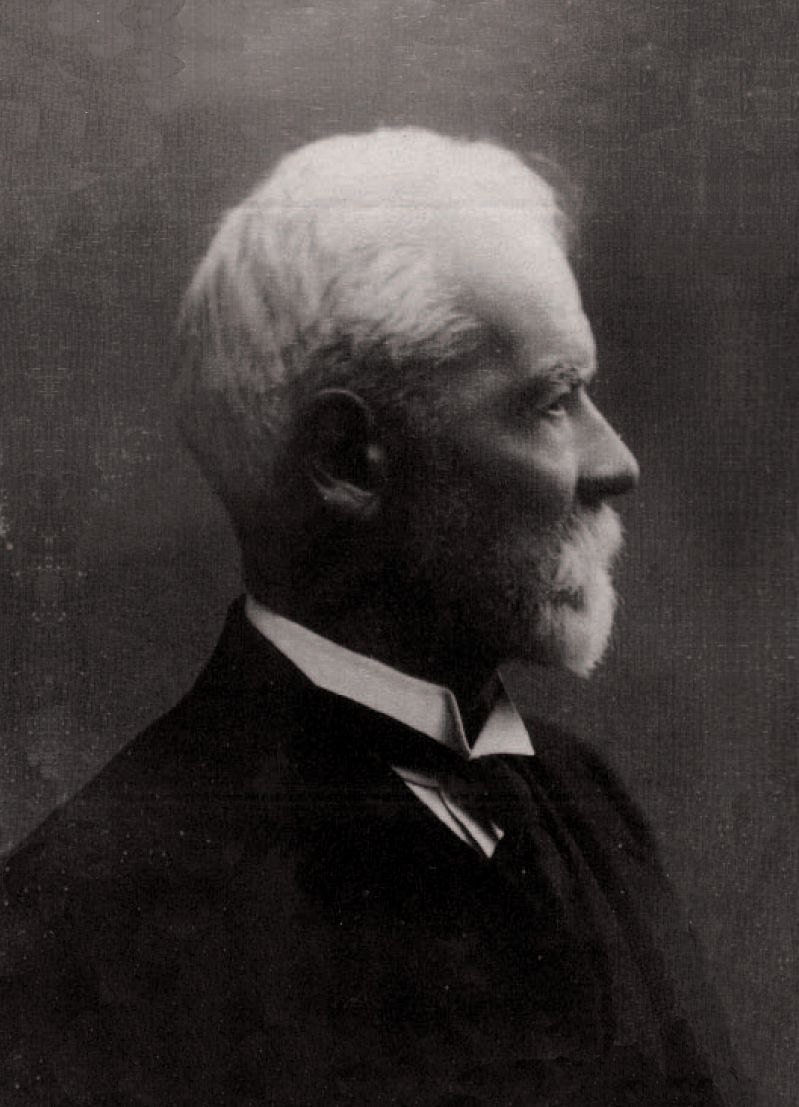This is the last week of learning of our introduction to
business and management, and we focus on international business and
globalization on this week.
International business means that the organizations are
trading all around the globe, and breaking the national boundaries. For more detailed, organizations have their
production lines in different countries, cross border sale of their products
and services. Also multinational corporation are the organization that operating
in more than one country and most of the large organizations are operating in
the global market.
For globalization, it has so many definitions, so I just
simply define globalization as the fusion of the world in multi ways, the most
common way is economically, also there are culturally, politically,
technologically and environmentally.
First of all, I would talk about globalization for an
economical aspect, as I think this aspect affect the world the most. The
economic aspect is made up by the international market of commodity, labour and
capital.
And in the 1900s, as technology development, the technology
of transportation and communication were improved, it encouraged the
international trade and investment.
Plus, in 1995, there was the formation of the world trade
organization (WTO), which it aim to protect the member counties while they are
trading internationally, and one of its functions is to set up the
international trading policies and principles, etc.:
·
Non-discrimination:
The WTO member are required to apply the same conditions on all the trading
with other WTO members
·
Promote fair competition
·
Encourage
development and economic reform: Provide help to the developing countries
With the
continuous development of technology, and the WTO, it leads to encouraged more
organisations to start trading internationally.
Take
American as an example, its amount for international trade in 2000 is $2522.31
billion, and in 2012, it raised to $4932.22 billion, it almost a double, which
also show the trend of the raise of international trading in the recent
decades.
Secondly,
for the cultural aspect of globalisation, it can be defined as the cross-border
transmission of different idea, meaning, belief, value and knowledge.
For
example, the American culture brings a large impact to the cultural
globalisation, like:
·
Fast
food culture: McDonald become the world biggest food service company in the
world, and it corporate 34000 chains in 119 countries
·
Popular
culture: The Hollywood (American film and television industries) dominates most of the
world media market and its pop music industry is strong too, many American
artists are recognized worldwide

Besides,
some theory stated that in some sense, globalisation equal to Americanization and westernization, which
the global culture are influenced by the western culture, and I do agree with
this, because the living style like fashion, dining culture are in western
style. However, I think the situation are slight changing in the recent year,
the culture in Asia are influencing the western world too, like:
·
Japanese
animation are popular and commercially
profitable around the world,
which it generate lot of income for Japan from exporting their animation and licensing
the animations to the companies around the world
·
K-pop
(south Korea’s music industry): The Korean Wave in 21st century and PSY's Gangnam Style becomes the most viewed video on YouTube, moreover, from the statistic
from 2011, the export of cultural and entertainment service in Korea was US$800
million
·
The
raise of China: the international trade of Chine in 2012 was US$3.87 trillion, while back to 1998;
its international trade was only around US$3oo million. Also, China is ranking
the Second place in the world GDP ranking
As a
conclusion, I think although globalisation will bring some negative influences
to some countries or industries, more international trade can still provide
more business opportunities to the world and provide more income to the locals
to improve their living standard. Therefore, globalisation will be the world
trend in the future and I belief that it would make our world a better place.


